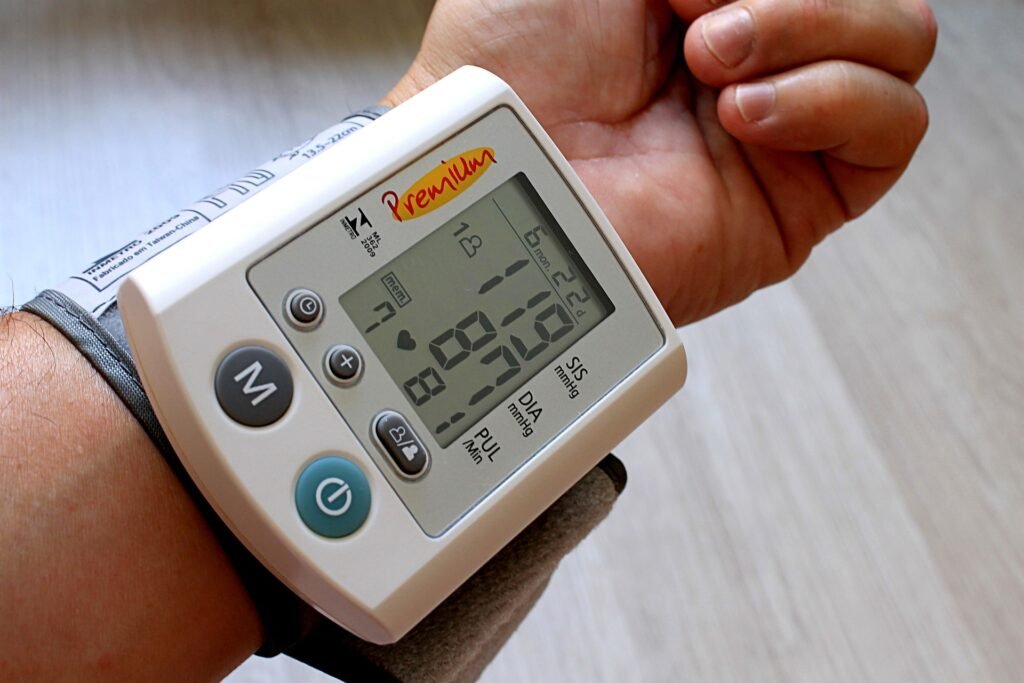Traveling is one of life’s greatest joys, and having diabetes doesn’t mean you have to miss out on exciting adventures. With the right preparation and mindful planning, you can explore the world while staying safe and in control of your blood sugar.
In this blog post, we’ll guide you through practical steps to help you travel confidently with diabetes, whether you’re going on a weekend getaway or an international vacation.
Why Travel Preparation Matters for People with Diabetes
Travel introduces changes in:
- Time zones
- Meal schedules
- Physical activity levels
- Food options
All of these can impact your blood sugar. Careful preparation helps prevent blood sugar spikes, dangerous lows, and unexpected health issues.
Pre-Travel Checklist: Preparing for Your Trip
1. Visit Your Doctor
Schedule a check-up at least a few weeks before your trip.
- Ask for a travel letter explaining your diabetes and medications.
- Discuss time zone changes and how to adjust insulin or medication schedules.
- Review any vaccination requirements or health precautions for your destination.
2. Get Necessary Prescriptions
- Carry enough medication and supplies for the entire trip—plus extra, in case of delays.
- Request written prescriptions in case you need to replace lost or damaged items.
3. Understand Airline Policies
If you’re flying:
- Inform the airline in advance about your diabetes and medical supplies.
- Keep insulin, glucose meters, and other critical items in your carry-on bag, never in checked luggage.
Packing Essentials: What to Bring
Medications and Supplies:
- Insulin and syringes/pens
- Blood glucose meter and test strips
- Continuous glucose monitor (if applicable)
- Glucose tablets or snacks for low blood sugar
- Extra batteries for devices
- Alcohol swabs and lancets
Documentation:
- Doctor’s travel letter
- Copies of prescriptions
- Emergency contact list
Additional Items:
- Cooling pack for insulin (if traveling to hot climates)
- Small first aid kit
- Medical ID bracelet or card
Managing Blood Sugar While Traveling
1. Adjust for Time Zones
If you use insulin or time-sensitive medications:
- Consult your doctor about adjusting doses for time zone shifts.
- Gradually adapt your medication schedule to your destination’s time.

2. Monitor Blood Sugar More Frequently
Travel can be unpredictable, with new foods, different levels of activity, and possible stress.
- Check your blood sugar more often, especially when flying, sightseeing, or changing eating patterns.
3. Be Mindful of Meals
- Pack healthy snacks like nuts, whole-grain crackers, or protein bars.
- Don’t rely solely on airplane or convenience foods.
- If unsure about the local cuisine, stick to familiar, balanced meals when possible.
4. Stay Hydrated
Dehydration can affect blood sugar levels, especially during flights or in hot destinations.
- Drink plenty of water.
- Avoid excessive alcohol and sugary drinks.
Tips for Safe Air Travel
- Carry-on only: Keep all diabetes supplies with you.
- Security Screening: Inform TSA or security agents about your medical devices and supplies. Insulin pumps and CGMs can usually pass through security scanners, but check device manufacturer guidelines.
- In-Flight Snacks: Always have fast-acting glucose on hand in case of low blood sugar.
Staying Active Safely
Travel often involves extra walking, hiking, or swimming.
- Monitor your blood sugar before, during, and after activity.
- Keep snacks or glucose tablets with you while sightseeing or on excursions.
Emergency Preparedness
- Know where the nearest pharmacy, clinic, or hospital is at your destination.
- Learn basic phrases in the local language to communicate your medical needs.
- Make sure your travel companions are aware of your diabetes and know how to assist you in case of low blood sugar.
Traveling with diabetes is absolutely possible—it just takes smart preparation, proactive blood sugar management, and a little extra attention to detail.
By following these tips, you can stay safe and fully enjoy your adventures.
Remember, the world is yours to explore, and your diabetes doesn’t have to hold you back.

































